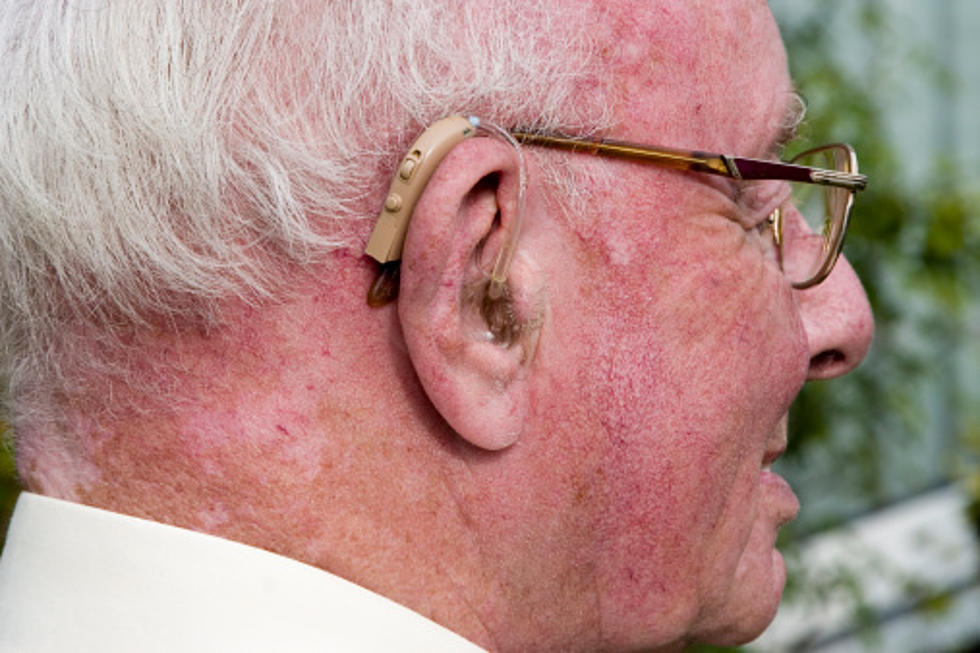
New Video on Glacier’s Warming Climate
Video explores current research and ecosystem response
WEST GLACIER, MT. – Glacier’s diverse landscape is an ideal outdoor research center, helping scientists explore how climate change affects an intact mountain ecosystem.
A new video, entitled A Changing Landscape: Glacier’s Warming Climate, explores current research on Glacier’s melting glaciers and how the park’s ecosystem is responding to climate change. It can be viewed on the Crown of the Continent Research Learning Center’s website at http://www.crownscience.org/Changing_Landscape or on Glacier National Park’s website at http://go.nps.gov/1kqbrc.
University of Montana graduate student Sarah Moody produced and edited the video as part of her graduate studies, with help from photographer Stephanie Oster. As a recipient of the Crown of the Continent Research Learning Center’s (CCRLC) Jerry O’Neal National Park Service Student Fellowship, Moody worked with CCRLC staff to create and share the video.
The Jerry O’Neal Fellowship aims to provide educational assistance for students seeking to understand natural and cultural resource issues and how these intersect with human values. The fellowship is offered for students looking to conduct science research or science communication at Glacier National Park, Grant-Kohrs Ranch National Historic Site, or Little Bighorn Battlefield National Monument.
The impacts of climate change at Glacier National Park are becoming increasingly evident. Around 1850, an estimated 150 glaciers existed within the present boundaries of the park. Today, only 25 glaciers remain and are predicted to disappear by 2030, if not earlier.
“Ecosystem impacts are more profound than the visual loss of losing glaciers,” said Glacier National Park Superintendent Jeff Mow. “Although fossil records show that many species have adapted over time to changes in climate, the rapid rate of climate warming we’re currently experiencing is what will be challenging for many species, he explained.









